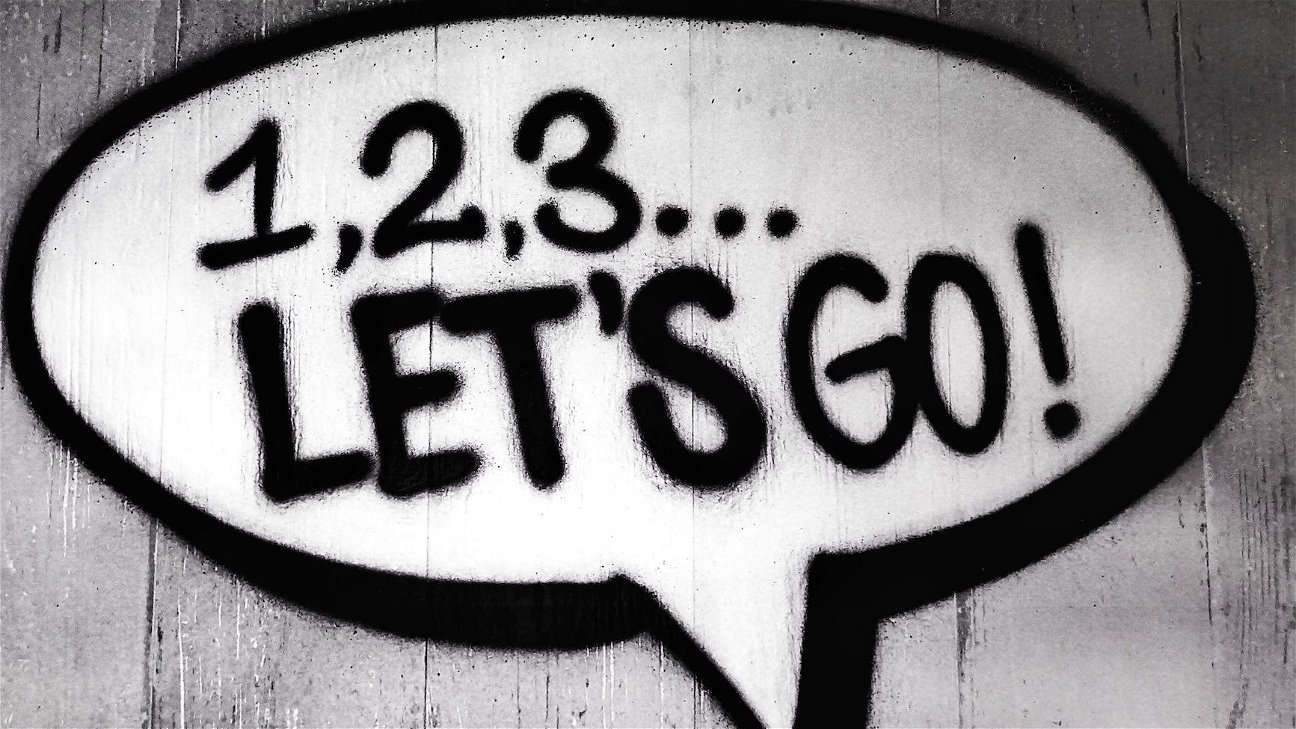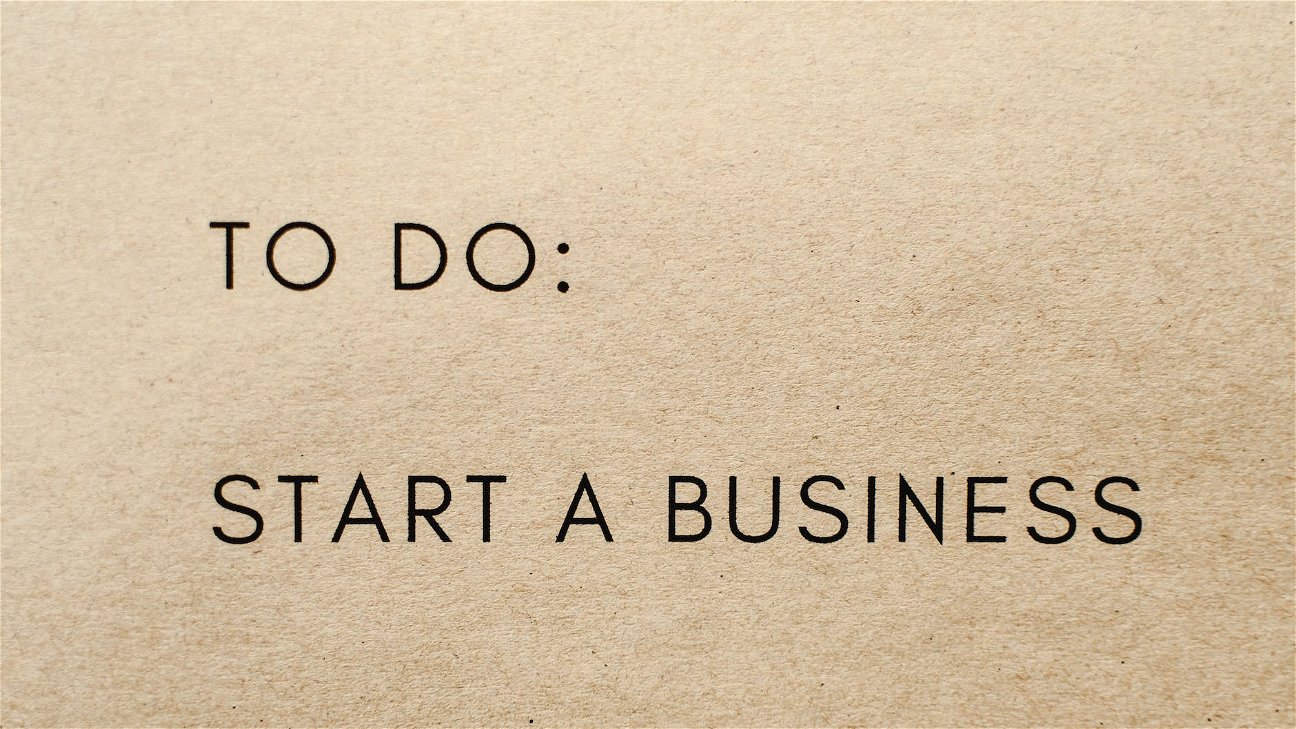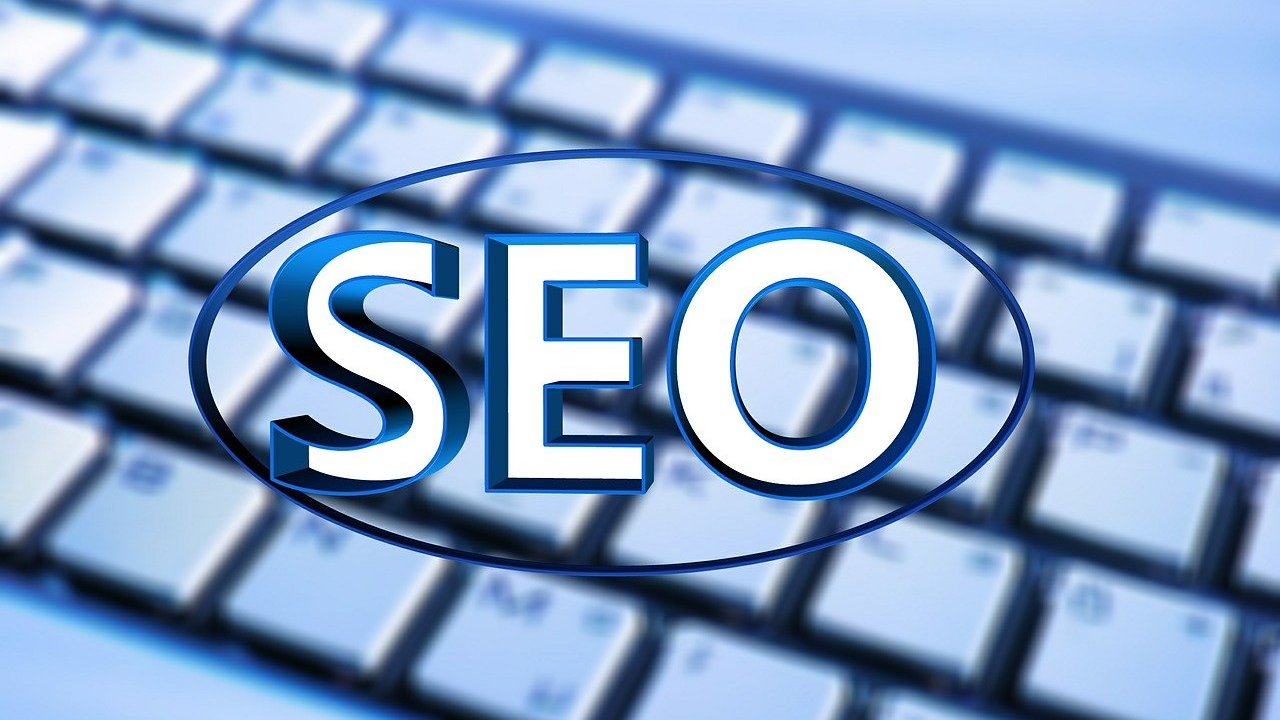
The retail industry has been witnessing a significant shift, especially with the rise of E-commerce. Consumers are increasingly looking for convenience and personalized experiences, which online shopping offers. However, that doesn't mean the end of Brick-and-Mortar stores. Physical stores continue to offer certain advantages that online stores can't replicate. This article will dive into the unique strengths and weaknesses of both Brick-and-Mortar and E-commerce, and discuss how businesses can find a middle ground for a balanced retail strategy.
Brick-and-Mortar: The Traditional Retail Approach
Brick-and-Mortar refers to businesses that have a physical presence - a store or shop that customers can visit. These businesses offer a tactile and personal shopping experience which is impossible to achieve online. Customers can touch, feel, and try products before buying them. They can interact with sales associates and get instant assistance.
Strengths of Brick-and-Mortar:
- Personal Interaction: Provides opportunities for face-to-face customer service.
- Tactile Experience: Allows customers to touch and feel products.
- Instant Gratification: Customers can walk out of the store with the product in hand.
Weaknesses of Brick-and-Mortar:
- Limited Reach: Stores can only serve customers within a certain geographic area.
- Operational Costs: High overhead costs including rent, utilities, and staff salaries.
- Inconvenience: Customers need to physically visit the store, which can be time-consuming.
E-commerce: The New Age of Retail
E-commerce, on the other hand, refers to businesses that operate online. These businesses offer a wide range of products and services that customers can access and purchase with just a few clicks.
Strengths of E-commerce:
- Global Reach: Can serve customers anywhere with internet access.
- Convenience: Shopping can be done anytime, anywhere.
- Low Operational Cost: No need for physical storefronts, resulting in lower overhead costs.
Weaknesses of E-commerce:
- Lack of Personal Interaction: Less opportunity for face-to-face customer service.
- Delayed Gratification: Customers must wait for products to be shipped.
- Lack of Tactile Experience: Customers can't touch or feel products before buying.
Finding the Middle Ground: The Hybrid Retail Model
To find the middle ground between Brick-and-Mortar and E-commerce, businesses are turning to a hybrid retail model. This model combines the strengths of both physical and online retail to offer a seamless shopping experience to customers. Here's how:
- Click-and-Collect: Customers can order products online and pick them up in-store. This offers the convenience of online shopping and the instant gratification of physical retail.
- Endless Aisle: Stores can offer a wider range of products through digital kiosks or apps. Customers can order products not available in-store for home delivery.
- Virtual Fitting Rooms: Online stores can offer virtual fitting rooms using augmented reality. This replicates the tactile experience of Brick-and-Mortar shopping.
Businesses that successfully integrate online and offline retail will likely have a competitive advantage in the evolving retail landscape. The key is to understand your customers, their needs, and how they want to engage with your brand. A balanced retail strategy will help businesses navigate the challenges of both Brick-and-Mortar and E-commerce, and thrive in the digital age.











